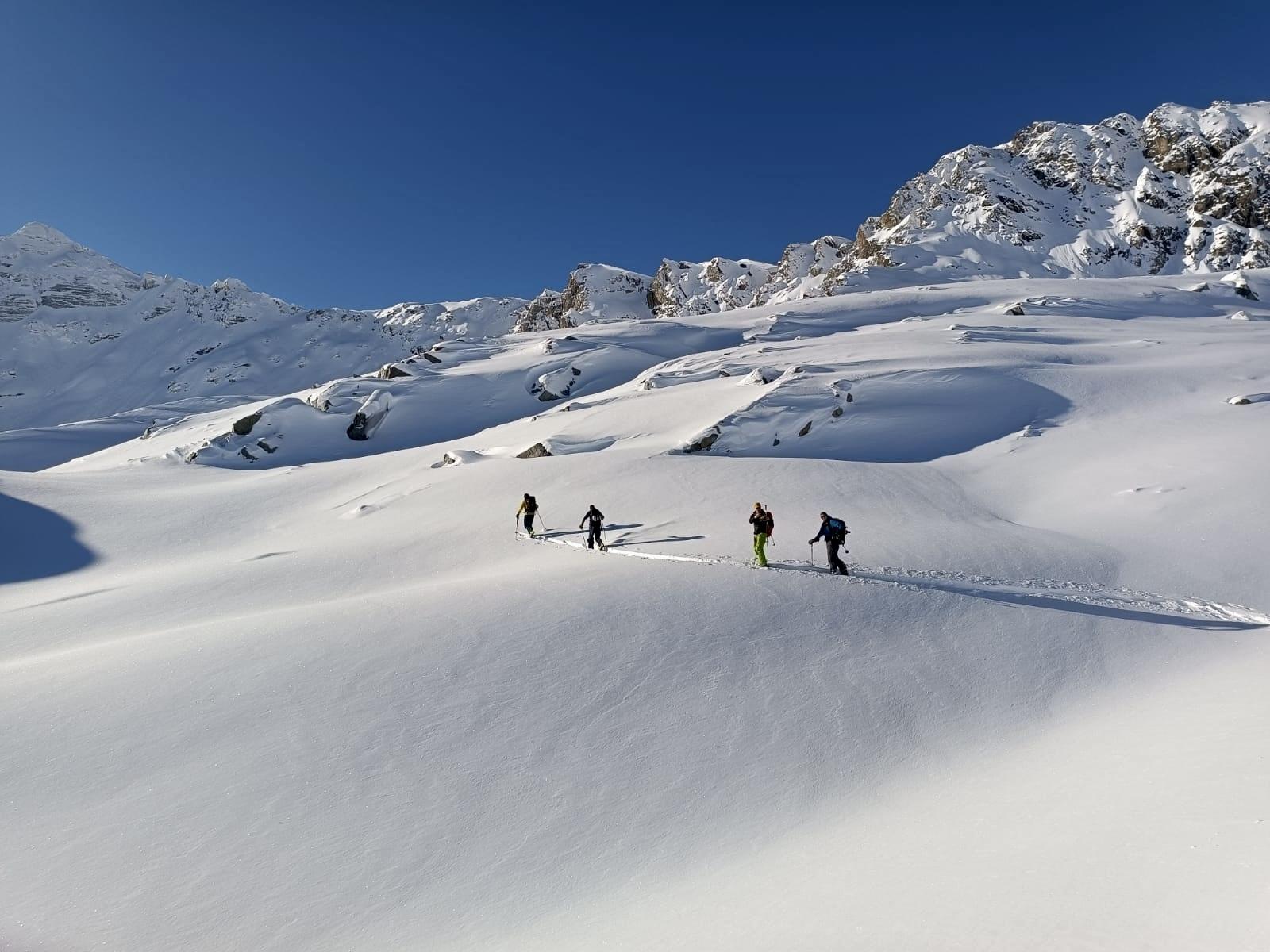Hi folks,
It is no secret we are dealing with an unusual persistent weak layer problem in most of BC, which has been compared to 2003 or even 1993 by experienced professionals.
I have been ski touring in the Selkirk’s near Revelstoke (mainly Rogers Pass) for 9 out of the past 11 days. During this time I have been avoiding all large, open, very steep (over 35 degrees) terrain due to the fear of triggering a persistent weak layer. This was not easy to do, because there were tracks on some pretty aggressive lines that didn’t trigger anything. Everyday until today, there have been constant reminders of skier/snowmobile/vehicle remote avalanches, skier/snowmobile/vehicle accidental avalanches, and explosive triggered avalanches on the persistent weak layers. Some of these were in unusual places with impressive propagations (many not on the MIN), and many in the sort of terrain I often ski. These sort of persistent weak layers don’t go away quickly (or sometimes at all), so the activity tapering off recently doesn’t increase my confidence to step out into bigger and steeper terrain. It might just mean everyone decided to be conservative yesterday, or that everyone was lucky.
Most of the conservative terrain choices in the places I normally frequent had tracks the past week, which wasn’t very appealing for a powder snob such as myself. Further complicating the matter, the snowpack is still fairly shallow. This means the alder are too thick to ski through comfortably in many lower elevation places that normally provide good skiing. Rather than push out into steeper terrain like I usually do when things start getting tracked out, I spent longer trip planning. I took longer approaches to more obscure destinations, did obscure traverses to access shorter fresh runs, skied thicker trees than I usually do, and even skied some runs where I had to cross tracks! Did I have fun? Yes, lots. Skiing in the backcountry always has different challenges. Engaging them can be quite rewarding, especially with such great people as I’ve been skiing with recently.
Anyway, the point is; the snowpack is not normal, so we can’t ski it like we normally do without taking on a much larger amount of risk.
The main human factors from the FACETS acronym I’m thinking about lots at the moment are “Familiarity” and “Tracks/Scarcity”. The other one that’s harder to admit is “Acceptance”, as I’d be lying if I said I didn’t care what people think about my decisions. If you’re not familiar with these human factors, I recommend looking them up.
I hope you have a great winter.
Alex Geary
Mountain Guide

